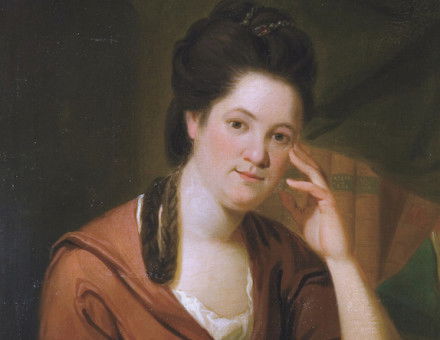St Luke's Church, Chelsea
J Mordaunt Crook examines the history of a Gothic church in West London.
When Charles Eastlake published his History of the Gothic Revival in 1872, he chose St Luke's Chelsea as the first true example of the revived Gothic spirit. More than a hundred years later, the date of its building (1819-24) is still regarded by historians as a milestone in architectural history.
Why? Not because of its style: that is a typically Regency mixture of fourteenth, fifteenth and sixteenth-century Gothic. Still less because of its planning: in the original layout of the church there was no hint of ecclesiology or of the Oxford Movement. What made St Luke's important – was its system of construction.
Like most of London, late eighteenth- century Chelsea was expanding fast. By 1801 the parish had grown to 12,000 inhabitants. The original parish church – All Saints, Cheyne Walk; later known as Chelsea Old Church – could accommodate only 450 people. A new church there had to be, and luckily an ideal site was available: the parish burial ground to the north of Kings' Road. In 1806 the decision was taken, but further action was delayed until the end of the Napoleonic War.





